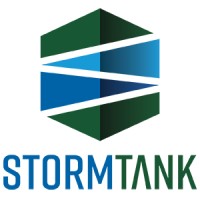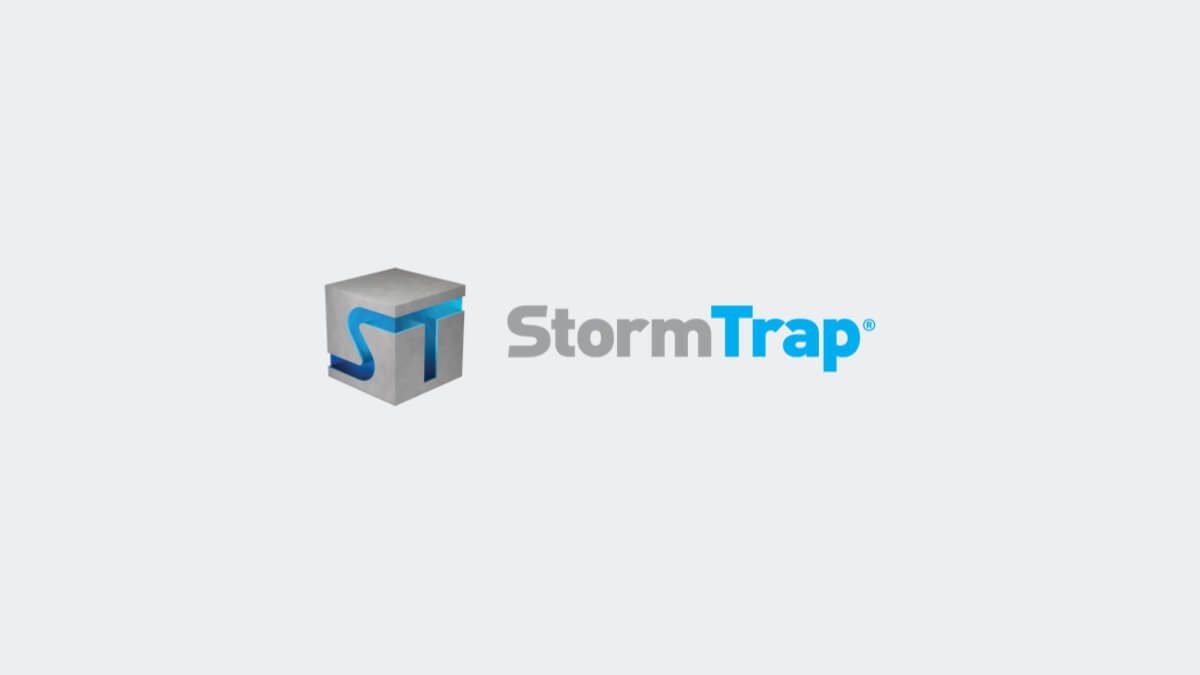Stormwater infrastructure and flood preparedness are entering a new era. Climate variability, rapid urbanization, and aging drainage systems have made flood risks more complex and urgent. In this changing landscape, municipalities and utilities need flexible, modular solutions. Automated forecasting systems, responsive infrastructure, digital modeling, and advanced warning capabilities have become essential tools. The initial phase of digital stormwater transformation focused on monitoring devices, telemetry, and isolated predictive models.
The Evolution of Forecasting Technologies in Flood Management
Forecasting systems for stormwater and flood risk are continuing to advance, driven by emerging technologies and rising expectations for accuracy and responsiveness. Tools that were once experimental have evolved into operational systems, and stakeholders are increasingly focused on streamlining workflows to support faster emergency response. This urgency has significantly reduced the industry's "time to alert." Low-code tools, open-access data platforms, and satellite-integrated models are gaining traction, allowing for quicker development of localized solutions and better interoperability between systems. At the same time, the demands on monitoring infrastructure and control systems are shifting. Seamless collaboration between human decision-makers and intelligent systems, combined with cognitive modeling of rainfall-runoff processes, is becoming a central trend in modern flood preparedness.
Utilities and emergency planners are increasingly investing in the concept of the Digital Twin, which refers to virtual models of watersheds, stormwater networks, and flood-prone areas. These digital environments allow hydrologists and engineers to test scenarios, assess risks, and validate control strategies before applying them to physical infrastructure. Some solutions providers are now offering virtual control centers where command decisions can be simulated in the cloud. The earlier reliance on networked sensors and telemetry has laid the groundwork for secure data ecosystems that can be shared across jurisdictions and agencies. These digital data spaces are becoming essential for collaborative flood response, regional modeling, and machine learning applications that continuously improve forecasting accuracy.
The Next Chapter in Smart Stormwater Forecasting
The new phase of smart stormwater management is defined by integration, automation, and actionable insights. In this vision of future-ready utilities, mobile sensors and drones monitor infrastructure conditions in real time, AI models recommend preemptive actions to reduce risks, and dynamic controls adjust water flows during extreme weather events. This phase also brings growing challenges. Cybersecurity has become a major concern for public works departments, utilities, and solutions providers. As reliance on connected forecasting infrastructure and IIoT-based monitoring increases, the threat of cyber disruptions poses significant operational risks.
Despite the growing enthusiasm for smart forecasting tools and intelligent infrastructure, the associated risks must be carefully managed. Stormwater USA 2026 will bring together the global stormwater community, including utilities, policymakers, researchers, technology providers, and financiers, to explore the future of flood forecasting, share successful implementations, and collaborate on the policies, tools, and partnerships that will shape resilient cities of the future.





























